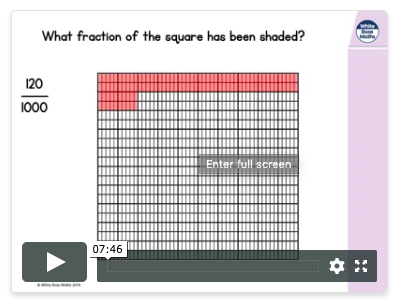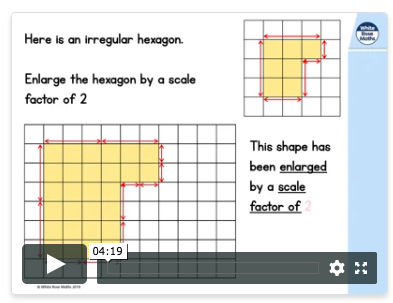Thursday 2nd April
English: L.O: To improve dull setting descriptions using a range of devices.Activity 1: Listen to chapter 11 AND 12 of 'Pig Heart Boy' on the Learning--> Stories page of the website. Activity 2: 1. Chapter 11 uses the phrase, “fly on the wall”. What does this mean? 2. Would you say Cameron has a positive or negative outlook in chapter 12? What evidence can you find to support your answer? (Remember to use quotation marks if you take a phrase or sentence from the book!) Make at least 4 points for Qu 2! Activity 3: Attached below are four really BORING setting descriptions. Using the devices bullet pointed below, improve and rewrite at least 3 of these setting descriptions. Remember, a setting description is often the first thing the reader will read to make a judgement about whether they wish to read on. Make them exciting!
|
Geography: L.O: To explore sources of renewable and non-renewable energy.FOR THE FOLLOWING ACTVITIES, AIM TO COMPLETE ACTIVITIES 1-3 AT A MINIMUM OR ACTIVITIES 1-6 FOR A CHALLENGE! Types of Energy There are two types of energy: renewable and non-renewable. Non-renewable energy includes coal, gas and oil. Most cars, trains and planes use non-renewable energy. They are made by burning fossil fuels to create energy. Renewable energy includes solar, hydro and wind energy. Wind energy is made when the wind moves the blades on a wind turbine. This movement creates wind energy which is converted into electrical energy. Activity 1: Watch this short clip to gain a better understanding of how these types of energy are different:
Attached below is a information 'booklet' which I would like you to read as it provides all of the information on renewable and non-renewable energy, which you will need to complete the activity booklet. You may also use the Internet to answer any questions that you cannot answer using the information booklet. Activity 2: Read 'Information Booklet 1 (Energy)' and take a look at 'Non-Renewable Energy Poster'. Activity 3: Complete 'Activity Booklet 1 (Energy)' (completing activity card 3 & 4 are optional, depending on whether you have these resources at home). Biomass Energy Biomass energy is the use of organic material to generate energy. Biomass is just organic matter – think, stuff that’s made in nature – like wood pellets, grass clippings and even dung. Crops, like sugarcane and corn, can also be used to create biofuels. And because plant matter can be regrown, it’s a renewable source of energy. Activity 4: Watch this very short clip to gain a better understanding of how biomass energy works.
Attached below is a second information booklet on types energy (including biomass energy). I do not expect you to read this entire booklet but it may help you with the questions that follow in the second activity booklet attached. You may also use the Internet to answer any questions that you cannot answer using the information booklet. Activity 5: Open up 'Information Booklet 2 (Energy)' Activity 6: Complete 'Activity Booklet 2 (Energy)' (do not complete activity card 13- 'A mock public inquiry') |
P.E.At a time where we all find ourselves indoors for the most of the day, we should bare in mind how important daily exercise is for our health and wellbeing, particularly our mental health. If you are able to, take your device somewhere with plenty of space (even the garden on a nice sunny day) or clear some space in front of your computer and follow along with Joe Wicks for a 30 minute workout. I will definitely be doing the same!
|



